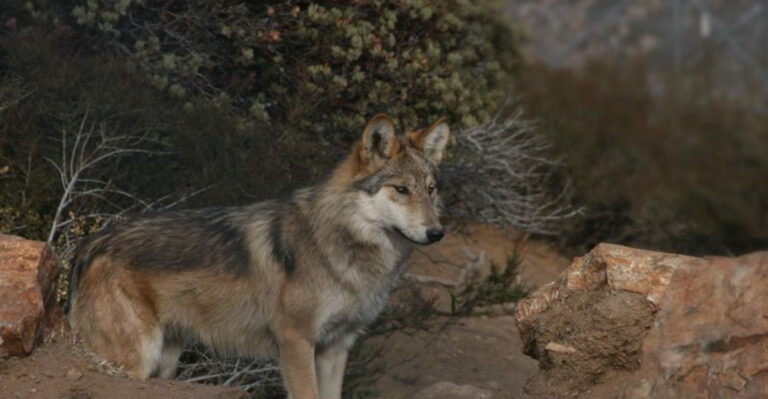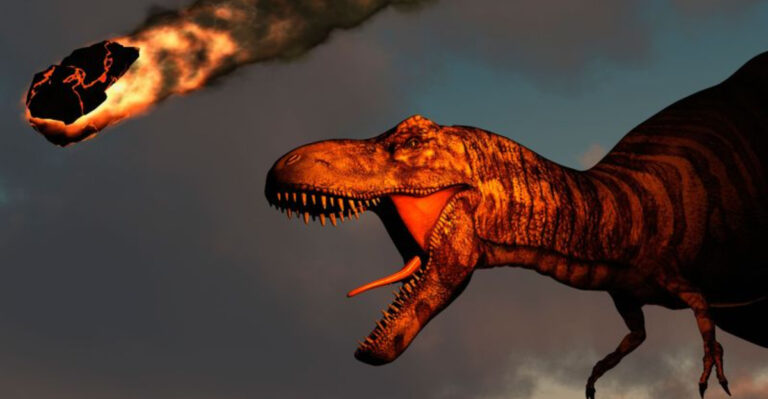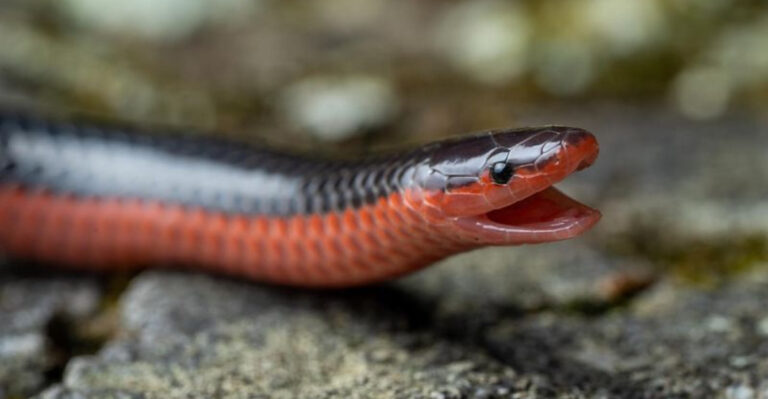Avoid Swimming At These Alligator And Crocodile-Infested Waters Across The US

Summer means splashing around to beat the heat, but not all waters are safe for a dip. Across America, certain lakes, rivers, and swamps serve as hunting grounds for prehistoric predators with powerful jaws and lightning-fast attacks.
Before planning your next swimming adventure, check out these ten spots where alligators and crocodiles rule the waters and humans should definitely stay dry.
1. Lake Okeechobee, Florida

Florida’s largest freshwater lake houses thousands of alligators lurking beneath its murky surface. Local fishermen report regular sightings of massive gators sunbathing along shorelines or gliding silently through cattails.
The shallow, warm waters create perfect breeding conditions, making this lake particularly dangerous during mating season when males become extremely territorial.
2. Everglades National Park, Florida
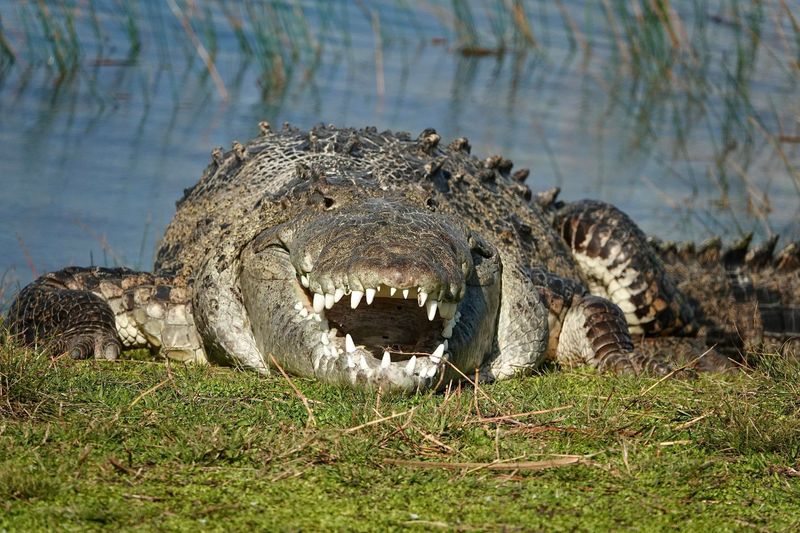
Wild and untamed, this massive wetland ecosystem hosts both American alligators and endangered American crocodiles.
The only place on Earth where these two species naturally coexist! Mangrove swamps and sawgrass marshes provide perfect hiding spots for these reptiles. Rangers regularly warn kayakers to maintain safe distances from these prehistoric predators.
3. Merritt Island National Wildlife Refuge, Florida
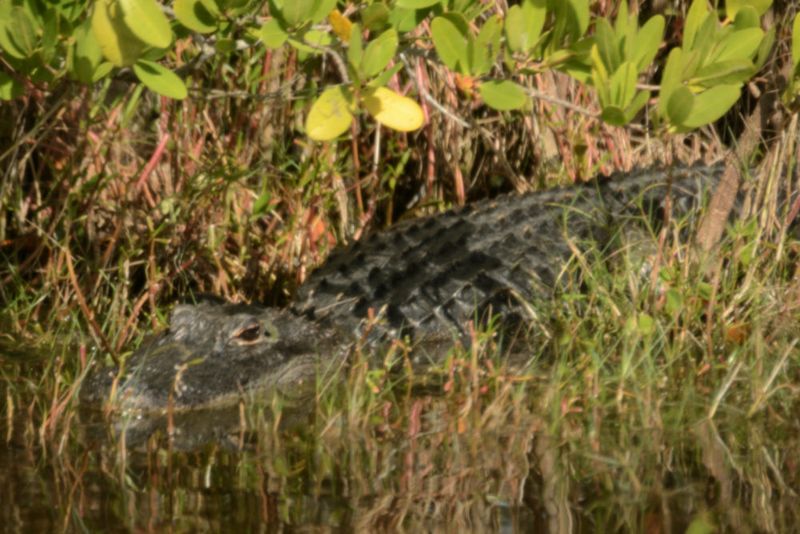
Space rockets aren’t the only dangerous things near Cape Canaveral! This wildlife sanctuary contains numerous brackish lagoons where gators frequently bask in the sun. Visitors hiking Black Point Wildlife Drive often spot these reptiles lounging mere feet from the path. The refuge’s unique mix of saltwater and freshwater creates an ideal habitat for particularly large specimens.
4. Atchafalaya Basin, Louisiana
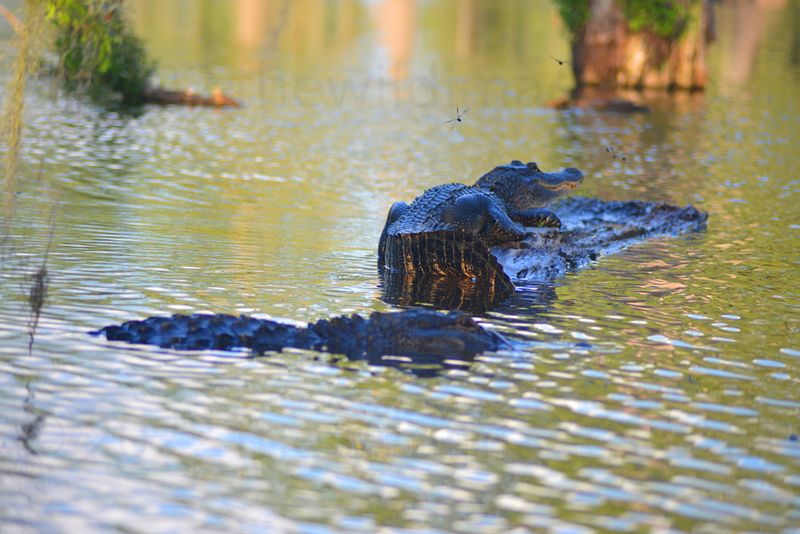
America’s largest swamp basin spans over a million acres of mysterious bayous and cypress forests. Local Cajun communities have passed down tales of monster gators for generations.
The maze-like waterways make it easy to accidentally corner an alligator. Hunting pressure here has made the surviving gators particularly wary and aggressive toward humans who venture too close.
5. Okefenokee Swamp, Georgia
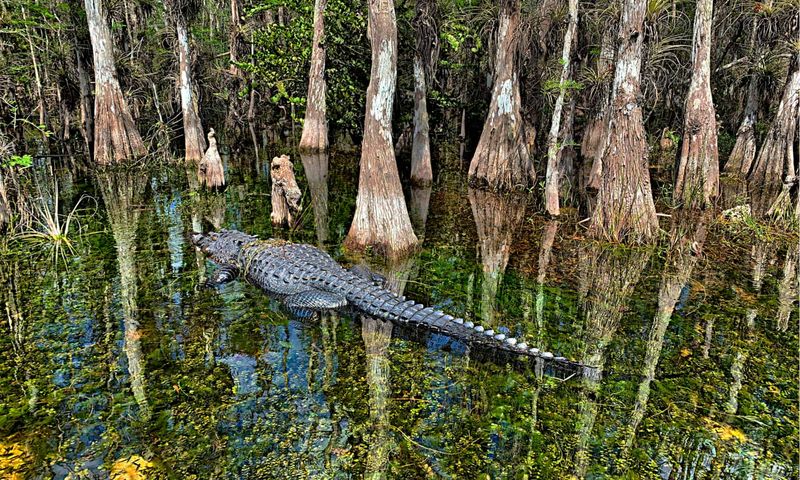
Native Americans named this place “Land of Trembling Earth” for good reason! The floating peat beds hide some of the largest alligators in the Southeast.
Kayakers report heart-stopping moments when seemingly solid ground suddenly reveals itself as an enormous reptile. The swamp’s acidic, blackwater environment has allowed these prehistoric creatures to thrive undisturbed for centuries.
6. Brazos Bend State Park, Texas
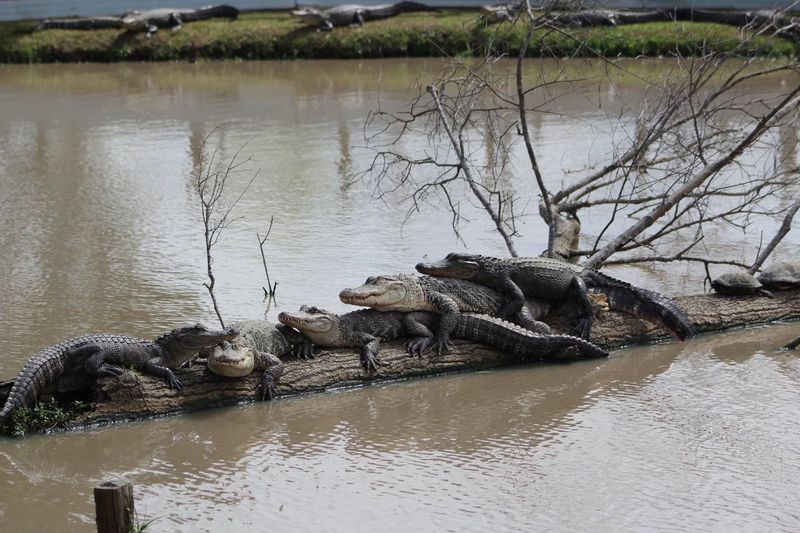
Just outside Houston lies a park nicknamed “The Alligator Capital of Texas.” Visitors often count dozens of gators during a single hike around its lakes.
Park rangers document nests containing up to 60 eggs each year. The park’s popular fishing spots often attract these opportunistic predators, creating potentially dangerous situations when anglers and reptiles compete for the same catch.
7. Santee Cooper Lakes, South Carolina
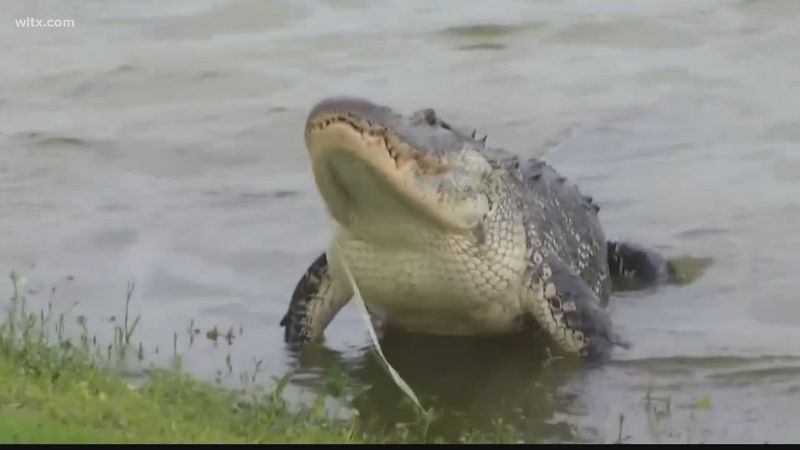
Locals call Lakes Marion and Moultrie paradise for fishing—and for alligators too! These massive reservoirs created in the 1940s flooded vast swamplands, creating perfect gator territory.
Waterfront homeowners regularly spot eight-footers swimming past their docks. The lakes’ numerous coves and inlets provide ideal nesting sites, while abundant fish populations ensure these predators grow to impressive sizes.
8. Caddo Lake, Texas/Louisiana
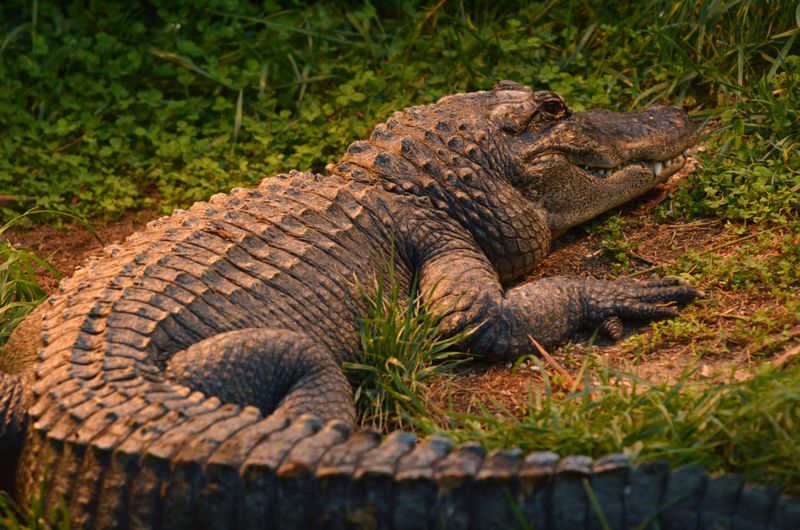
Spanish moss drapes eerily over this ancient lake straddling the Texas-Louisiana border. The maze of bayous and cypress forests harbors a healthy alligator population that’s been growing rapidly.
Foggy mornings reveal only the eyes and snouts of these stealthy hunters breaking the water’s surface. Recent conservation efforts have helped alligator numbers rebound dramatically, making unexpected encounters increasingly common.
9. Waccamaw River, South Carolina
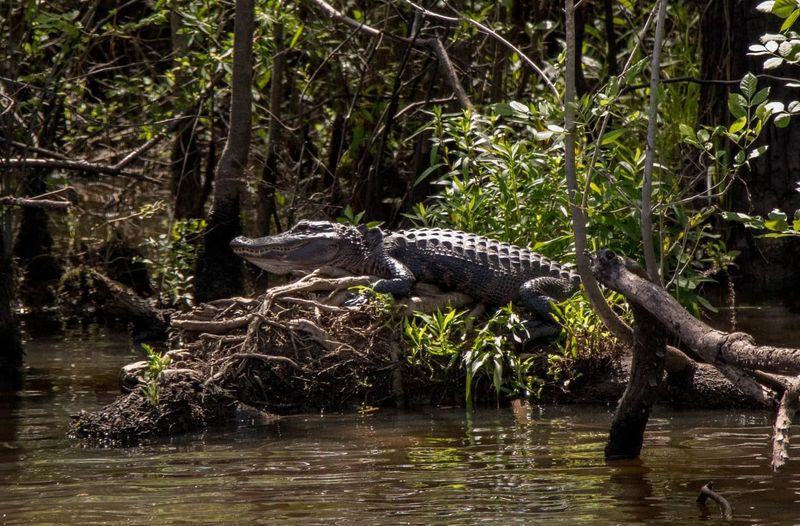
Flowing through ancient cypress swamps, this blackwater river creates a perfect hunting ground for alligators.
The tea-colored water makes these reptiles nearly invisible until they’re uncomfortably close! Locals tell stories of gators snatching small dogs from riverbanks. The river’s winding nature creates countless isolated pools and backwaters where these predators can ambush prey with devastating efficiency.
10. Lake Pontchartrain, Louisiana
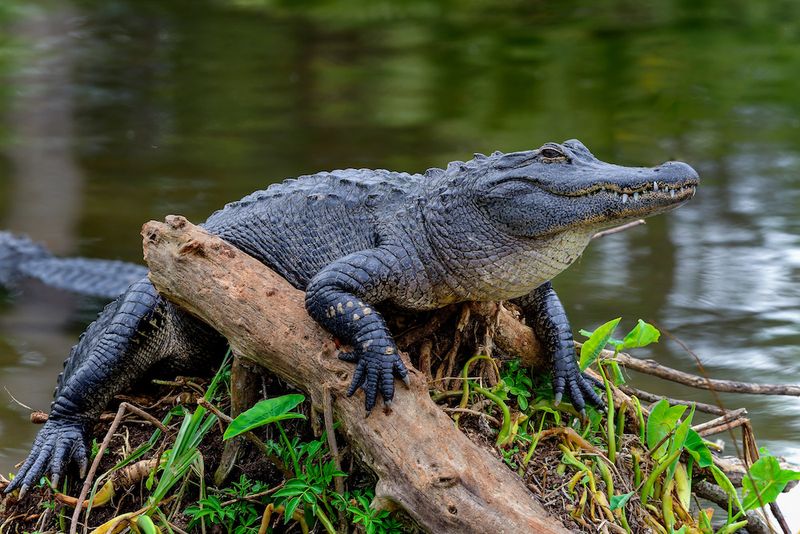
Surprising many New Orleans visitors, this massive brackish lake hosts hundreds of alligators in its northern reaches. Hurricane Katrina actually increased their numbers by pushing many from inland swamps into the lake.
Swimmers at popular spots like Fountainebleau State Park occasionally receive shocking company. The lake’s mix of fresh and salt water creates unique habitat edges where these adaptable predators thrive year-round.

